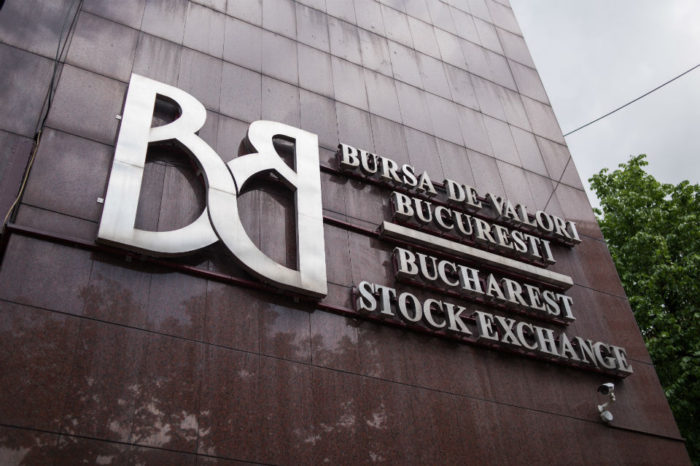Collaborative thinking – the endless source of performance, at all times

The organizational culture and organizational climate are instilled by leaders. They are responsible for creating an atmosphere that stimulates people to achieve extraordinary performance. The way of thinking, while being acquired and promoted within the company, may slow down or, quite the opposite, may boost the efficiency, creativity and progress.
Those who have worked or are working in large companies know what it is like when the “traditional” manager, that is, the authoritarian superior, tends to justify the rigidity of his position by “I am responsible, pragmatic and structured!”, thinking that monopolizing a discussion would be equivalent to holding the truth – thus, only due to the level of his position – automatically, would be endowed with the absolute power of knowledge. But we know that is not the case at all. The manager’s authority hinders people’s willing to ask questions, to express opinions and arguments, to advance ideas and solutions to various challenges, but especially to cooperate.
We also know that it is the “traditional” manager who disengages the freedom of speech and doesn’t facilitate the communication within the company while later on, he would be the only one to complain (as if he is not responsible for this) that some important decisions were made in the absence of an extended process of coagulated analysis, integrated information and without taking into consideration the creative ideas.
The given authority of managers inhibits creativity and pushes people into the comfort zone, which is the most damaging phenomenon in any type of organization and has a negative impact on numbers. The collaborative thinking – at least from my CEO experience – is one of the most important sources of creative energy, well-being and job performance.
And the arguments are simple and neat.
The collaborative thinking
- Stimulates creativity and innovation
In the current economic context, it is no longer enough to be strong, you need to collaborate. The ability to collaborate is essential for shaping the creative energies, and creative energies breed new ideas, differentiation in the market, greater interest through added value and, consequently, higher sales and profit. The ability to innovate is the result of the fusion of intellectual, emotional and social capital, through collaboration and relationships. - Generates cores of positive energy
Through cooperation, the exchange of ideas and information generates a positive amount of energy around, so people are positively charged through their contribution – however small – to projects and the “big picture”. And the combination of multiple ideas and information may result in unique human experiences, facilitating learning and buildup new knowledge. But the biggest gain is the enthusiasm and engagement of employees. - It means debate, not dispute
In individualistic cultures such as the Balkans, confrontation is a word of virtue. There is an excess of dispute, instead of debate. Both in business and in politics or society, our local saying is: “let the neighbor’s goat die.” The collaborative thinking encourages the dialogue of ideas and it does not fuel the aggressive competition just for the sake of argumentation. Both inside the company and outside, in relation to the market respectively, the confrontation should not be necessarily in enforcing a certain ranking and toxic competition, but in the results of the performance systems: profitability versus income.
Through collaborative thinking, “titans” work together, they do not “clash”, because there is a market and consumers for everyone, if they position themselves correctly. - Facilitates the sharing of knowledge and discourage the conflicts
Collaborative thinking, through collaboration and the strength of interpersonal relationships, facilitates the sharing of other’s experience and expertise, the exploration of new territories or directions, and the creation of new ideas.
By improving interpersonal relationships, possible conflicts can be avoided or overcome, interdepartmental communication is improved, the synchronization of actions occurs naturally, and the advising in key moments comes naturally. - Generates leadership
Everyone now fancies the management positions, and each manager aims at being a leader – it is now fashionable to be perceived a “top ranking”. This ambition is triggered by the competitive thinking – to confront, dominate and be superior to others, by clashing them.
The collaborative thinking helps leaders inspire people, transfer know-how to the team, but without competing with anyone but themselves. Such leaders do not promote competitive thinking, but cooperative thinking, thus becoming the leading personas of transformation and progress.
I firstly run into the concept of “cooperative thinking” in the organizational theory of Lynda Gratton (London Business School), as an important element in disseminating the positive energies within the organization. Following my personal foresight and leadership practice, the collaborative thinking is the positive opposite of competitive thinking. I achieved the most spectacular results through collaborative thinking under my CEO mandate at Fabryo Corporation, with the development of “Savana culoare” branded products, a project in which the information was being exchanged on daily basis and the amount of real-time shared information was huge. A complex and integrated project that has transformed us into market leaders and built a brand that will shine for many more years to come.













